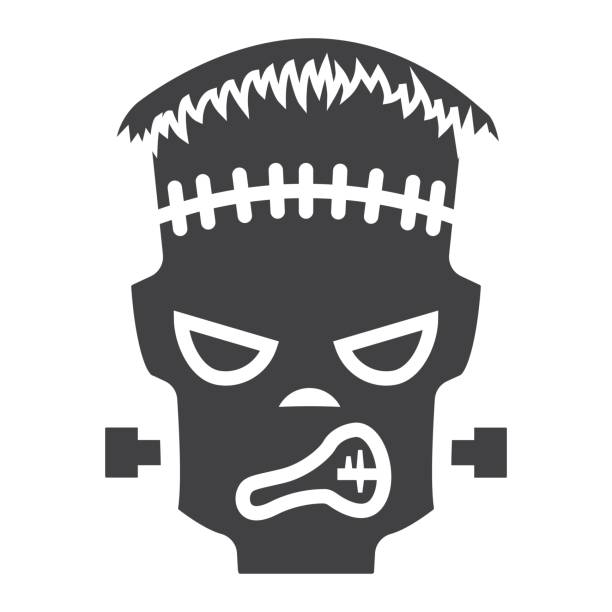This is the story of an eCommerce (or many) that always try to have everything solved and everything is always broken. How good are plugins and what harm do they do! (And the temples).
From Somos Sinapsis, when we start to develop an eCommerce we always propose and “force” to go through a functional analysis. It is a phase of thinking, a phase where we consider ourselves and ask our business and development partner (yes, our client) why and for what do they need each of the functionalities that they request or ask for in the briefing. And we try to provide a solution, if possible the simplest one and that does not involve third-party development or plugin.
Even so, it is very tempting to go to the marketplace of any of the tools we work with (especially WordPress, but Pretashop, Magento or any other are not saved either) and find “THE SOLUTION” to our problems. You want a plugin that simulates the Magento Commerce PageBuilder? It exists! And for € 200 !, You want an automatic conversion from Dollar to Euro? Here! € 50 and there’s even a free one out there! You want something that auto-generates categories from an attribute, ala! € 300! Or even one that for € 2,500 connects everything to my ERP! This itch but what if it works? It is tempting and difficult to resist….
The problem is that later, these plugins will have been made by a series of companies (or people) who may or may not give continuity to it, they may or may not be compatible with our other systems (multishop, multilanguage, multilanguage …) can be updated or no … Anyway, they are not the panacea they promise and, if we get together with 30 plugins that are also from 20 different developers, we have a full-fledged Frankenstein in our hands that is difficult to maintain.

The Frankenstein problem
At first everything will surely work out but …
- What will happen when we have to update?
- What will happen when Google tells us that Core Web Vitals are fatal and we have to clean up code that our plugins have put there?
- What will happen if we want to change providers and the new one tells us “this is what it is”?
- What will happen when we want to find why a catalog update query takes 10 seconds per product when it should take 0.01 seconds and half the query is for several of those plugins?
- What happens if our eCommerce is attacked due to a security hole in one of the plugins?
The answer is obviously very difficult.
That does NOT mean that we should not use plugins in our developments, they are very important and very good but there are some rules to follow:
- Try to make them from the same provider or keep 3-4 providers only and recognized (even if they are more expensive), for example Amasty in Magento.
- Ask ourselves 2 or 3 times if it is really necessary to install that plugin or we can adapt our procedures to work with the standard tool. Do not install if it is not necessary.
- Assess with the agency if there is an easier alternative to program.
- Evaluate if we are going to use the plugin 100% or 10% and we are really filling up boring code
- Having the number 15 as a maximum number of third-party plugins that we should never pass.

